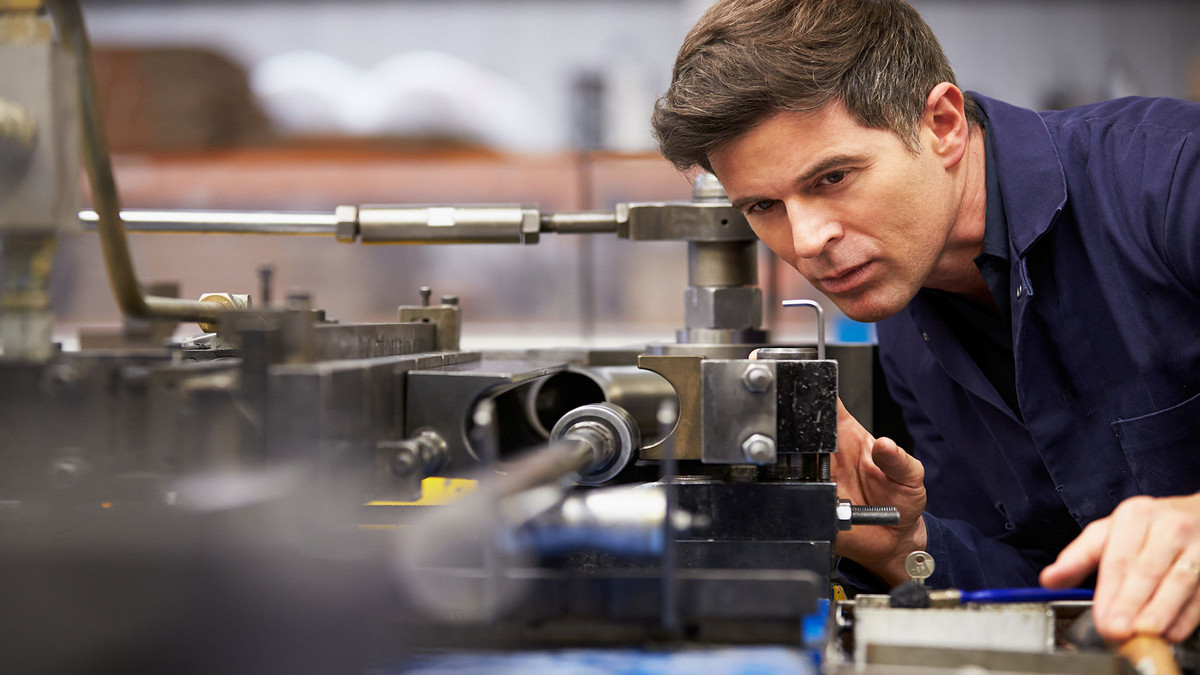Calibration is a quantitative comparison. Check the reading of the instrument, it is achieved by measuring the actual standard part, and the deviation between the measured value and the actual value is corrected.
What is Calibration and Why is it Important?
Calibration refers to the use of a standard to obtain the relationship between the value displayed by the measuring instrument and the actual value. Calibration with a standard ensures the reliability of the measuring instrument. The timing to perform calibration is to perform calibration before and after using the measuring instrument. If you want to continuously use the measuring instrument and calibrate it regularly, the calibration cycle should be determined in advance, and the calibration should be performed according to the cycle, which is called the calibration cycle. The determination of the cycle should be based on the manufacturer's recommendations and based on the frequency of use of the measuring instrument.
- Definition of calibration: The comparison of a measured value with a corresponding reference value.
- The purpose of calibration: Is to determine the deviation between the measured value and the corresponding true value.
- True Value: True value is a theoretically determined value corresponding to the basic physical definition given by international standard practice or method. The true value only exists in theory, all measured values are required to be as close to the true value as possible.
Vision for Working Plane Correction Device and Correction Method for Industrial Equipment:
Industrial equipment, such as computer numerical control machine tools, robotic arms, etc., need to be calibrated before application to achieve the best application effect. These corrections include origin correction, tool coordinate correction, work plane correction, etc. At present, these calibration operations are all operated and taught by manpower.
Machine tools and robotic arms in industrial equipment have been widely used in large and small processing plants, among which various machine tools are used to cut and grind metal processing to make machines of the shape and size required by the processor. Due to the tandem feature between each axis, the robotic arm can achieve elastic applications with a high degree of spatial freedom. Many applications have been used in production lines or with machine tools for loading and unloading, light processing-related applications. Whether it is a machine tool or a robotic arm, its application accuracy will be affected by factors such as manufacturing, assembly, control, and environment. Therefore, before it is applied, it needs to undergo correction steps to return it to the original design function and accuracy. There are many corrections on the equipment, such as origin correction, tool coordinate correction, and workpiece coordinate correction. The calibration on these devices mainly relies on manual calibration. Industrial equipment takes a six-axis robotic arm with a high degree of spatial freedom as an example and uses a vision system for automatic correction of the working plane.
The six-axis robotic arm has six spatial degrees of freedom. In addition to moving in the XYZ direction, it can rotate around the XYZ axis. Therefore, it is necessary to teach the attitude of the six-axis robotic arm so that the flange surface or the end fixture is parallel to the working plane. The most common loading and unloading applications require extensive operator experience. Therefore, a vision system for working planes has been developed.
Automatic correction method:
- Hand-eye calibration
- Automatic correction method for working plane correction
- Experimental results of automatic correction of the working plane
Industrial Robot Calibration:
The accuracy of industrial robots is affected by many factors, such as manufacturing errors, mechanical properties of connecting rods, external forces (including rod weight), or working environment. Although the accuracy of the robot can be improved through some compensation techniques, most of the existing methods are corrected for hardware. The connecting rod parameter calibration and the inverse displacement analysis method with extremely high computational efficiency meet the needs of real-time control.
Industrial robots have many advantageous properties but are limited by poor precision. Therefore, when a general industrial robot needs to plan its work, it is usually taught manually. This method is that the operator guides the robot to each position to be reached, and records its coordinates at the same time. Since the reproducibility of most industrial robots is good, they can perform the actions taught with great precision. However, this manual teaching method limits the work of the robot. If a new job needs to be planned, it must stop and then go through complicated teaching and recording work to complete the planning.
This situation is caused by the lack of good absolute accuracy of the robot. The important factors affecting the position accuracy of the robot can be roughly divided into geometric and non-geometric.
- Geometric error: Including the link length, the twist angle of the link, the link offset, the initial position of the joint displacement, and the assembly error of the robot.
- Non-geometric error: Including compliance, gear backlash, decoder resolution, gear direction error, temperature gradient, and so on.
The calibration method of industrial touch screen:
Industrial touch screens are widely used in all walks of life because of their ruggedness, fast response, space-saving, and ease of communication. Industrial touch screens are finding their way into various embedded products, and most touch-enabled devices will require a calibration routine.







.png)






